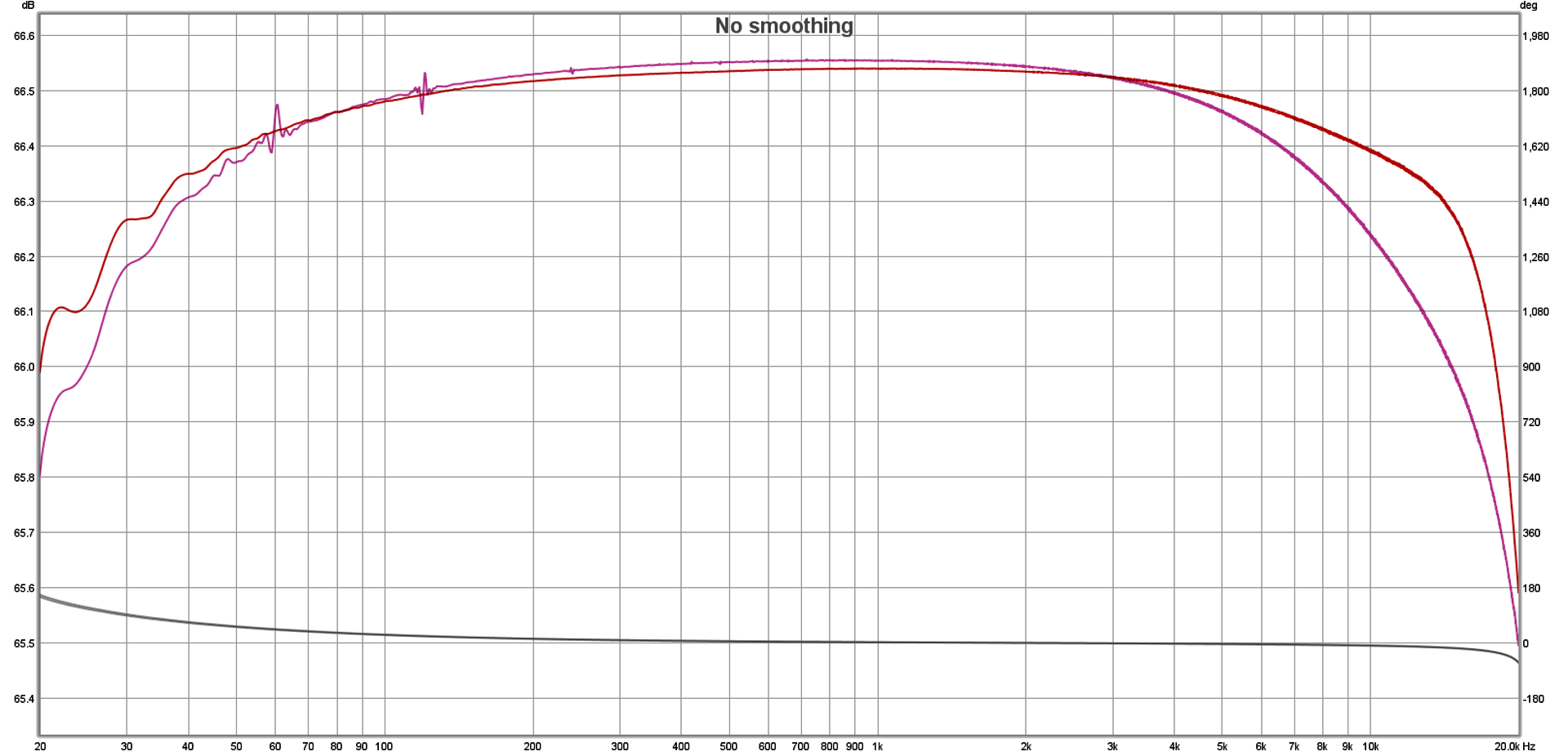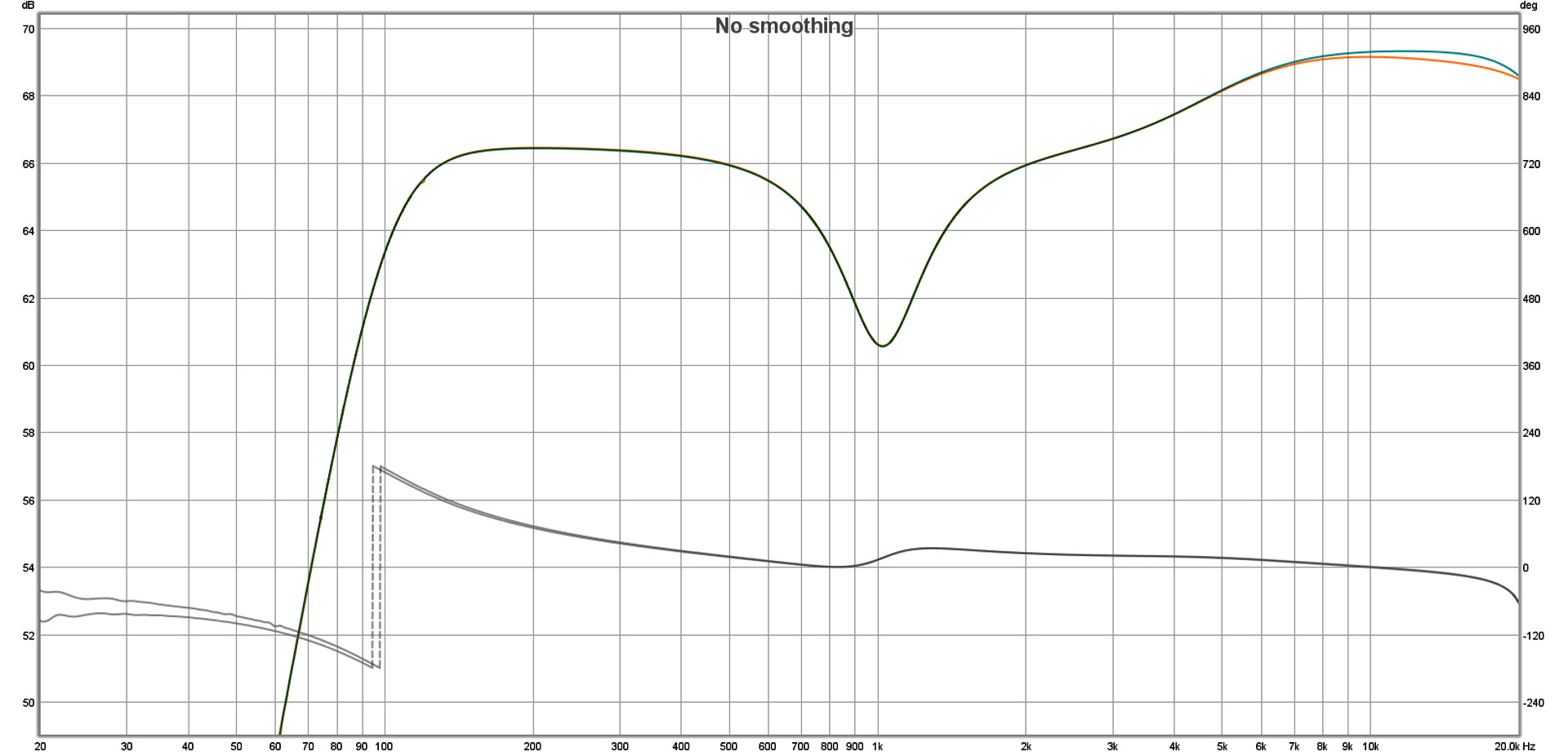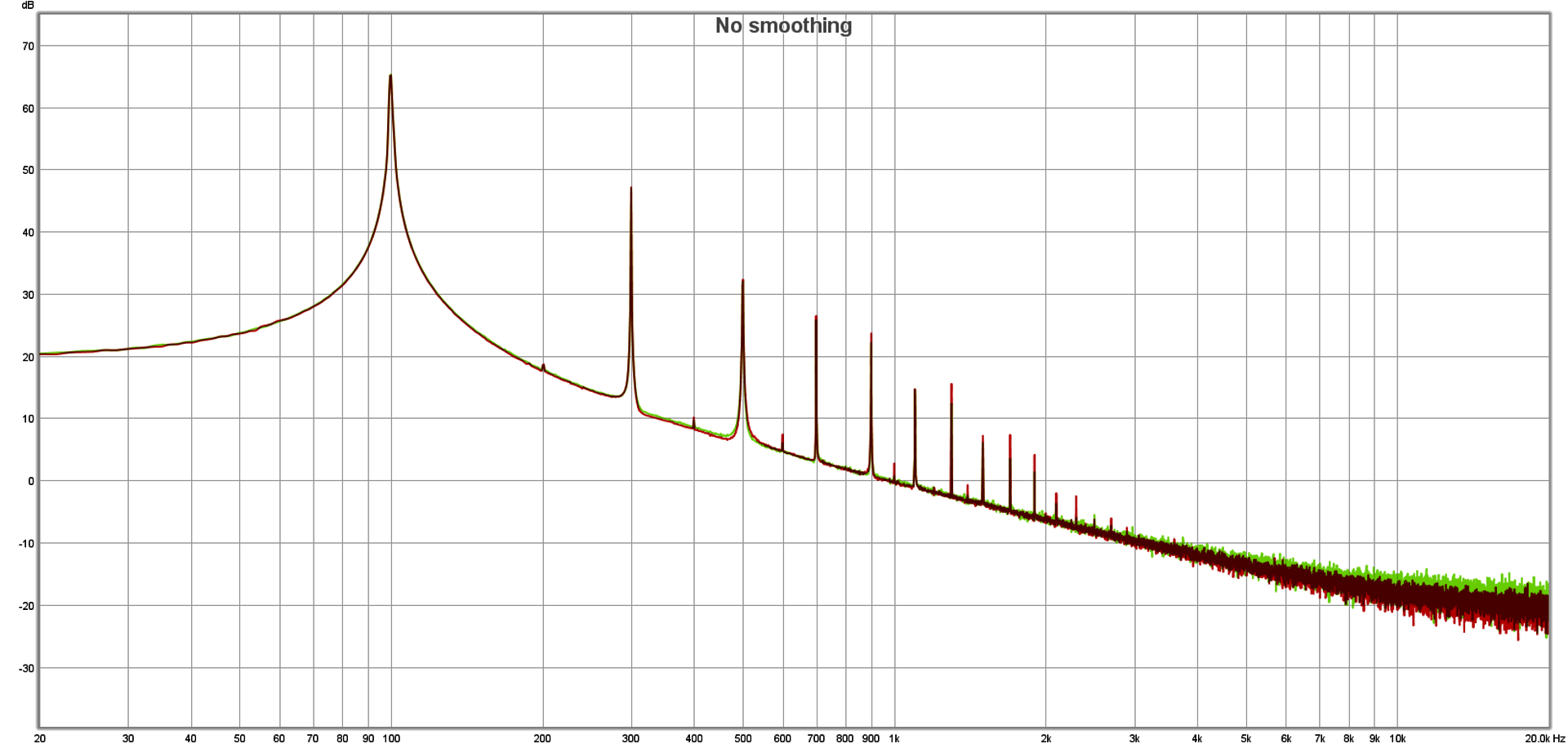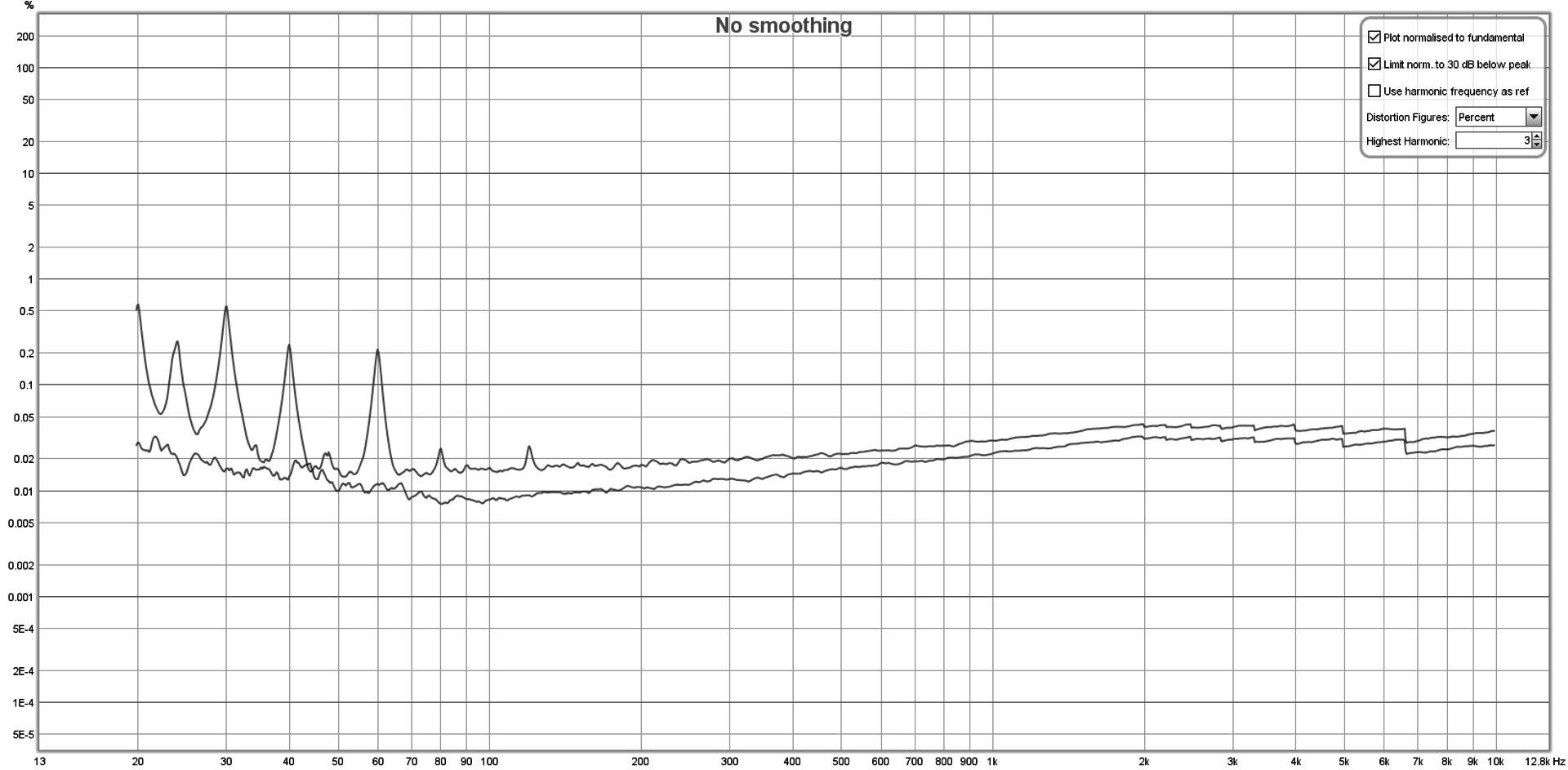They appear to measure differently, but it might not be how you expected it to be.
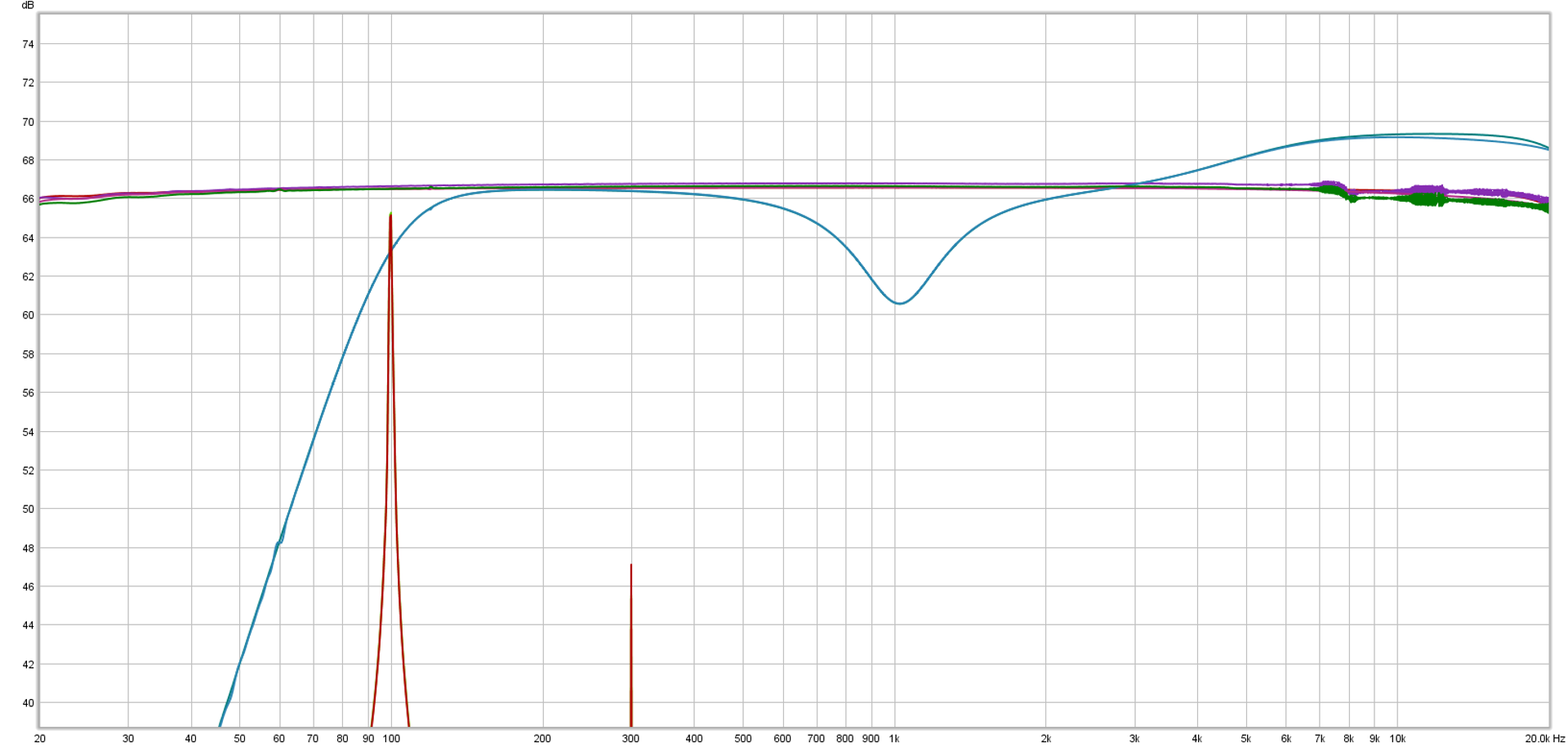 Want to use this image for something else? Great! Click it for the link to a high-res or resolution-independent version.
Want to use this image for something else? Great! Click it for the link to a high-res or resolution-independent version.Please Remember:
The opinions expressed are mine only. These opinions do not necessarily reflect anybody else’s opinions. I do not own, operate, manage, or represent any band, venue, or company that I talk about, unless explicitly noted.

If you’re like me, first – I’m sorry.
But beyond me being sorry, you’re probably also wondering just how different an M32 is from an X32. After all, software wise, they appear to be exactly the same console. They will happily consume each other’s scene files. Their firmware updates are exactly the same size on a disk. If the control surfaces didn’t have large cosmetic differences, and the M32 wasn’t twice as expensive, you might not easily contrast the two units.
So, is there a difference in audio performance between an X32 and an M32? That’s a question that’s been burning in my mind for years, and I just recently had the opportunity to borrow an M32 from a friend for some measuring. (“Thank you” to Bobby Solis of No BS Sound.)
Let’s start off with the assumptions I’m making in undertaking this comparison. First, I’m assuming that the M32 Bobby lent me and the X32 I picked from my inventory are representative of M32 and X32 consoles in general, neither significantly over or under-performing compared to the average unit of either type. I’m also assuming that my measurement system didn’t change significantly between measurements. Finally, I’m assuming that I made good judgements on the basics of the measurement process.
Speaking of which, the measurement process went like this: For both consoles, I ran them at 48 kHz and set up a signal path that went from a preamp, to a channel, and then out the main bus. For one measurement, I set the preamp to unity gain and adjusted the channel level to drive my measurement system as close to -20 dBFS as I could. For another measurement, I kept everything the same except for engaging the channel EQ with a preset curve. Then, I disengaged the EQ and dropped the channel level down, and then tried to get as close to 10% harmonic distortion as I could by clipping the mic pre. I then re-adjusted the channel level to get back to -20 dBFS on my measurement system. With that done, I did two more measurements (one with an RTA to easily see the pattern of harmonics, and one regular sweep.)
Results And Discussion
First, let’s take a look at the “Preamp Unity” comparison between the two consoles. The red trace is the M32, and the purple trace is the X32.
There are measurable differences, but I did have to zoom the graph quite a bit to make them easy to differentiate. The Midas is flatter overall, with a difference of about 0.8 dB between the minimum and maximum measurement points. The Behringer’s “flatness” is 1.1 dB by comparison. The X32’s top end rolls off earlier, but also more gradually than the M32. Again, bear in mind that the graph is spreading a 1 dB difference into a very large space. The phase traces are so close as to be nearly indistinguishable, although the M32 is just a tiny bit flatter at the bottom and top.
Now, let’s examine the the difference between two equivalent channel equalizations. The M32 is the teal trace, and the X32 is orange.
With EQ applied, the consoles become harder to differentiate. The Midas retains a very small advantage in terms of top-end flatness, though the advantage is only about 0.3 dB. A tiny difference in phase linearity still favors the M32 as well.
So, what about distortion? Here are the harmonic patterns of M32 and X32 preamps being driven into clipping. The M32 is green and the X32 is red.
The Behringer seems to be a little more pronounced on the higher harmonics than the Midas. The X32 also favors its odd harmonics a bit more than its more expensive counterpart.
The M32’s distortion stats:
THD 10.9 %
THD+N (20Hz..20kHz) 11.7 %
2nd harmonic 0.83%
3rd harmonic 10.5%
4th harmonic 0.29%
5th harmonic 2.69%
6th harmonic 0.19%
7th harmonic 0.93%
8th harmonic 0.13%
9th harmonic 0.65%
The X32’s distortion stats:
THD 11.3 %
THD+N (20Hz..20kHz) 11.8 %
2nd harmonic 0.83%
3rd harmonic 10.9%
4th harmonic 0.29%
5th harmonic 2.81%
6th harmonic 0.20%
7th harmonic 1.02%
8th harmonic 0.13%
9th harmonic 0.79%
Having seen this behavior, I was inspired to go back and look at the distortion differences between the consoles when they were running “clean.” In these traces, the Behringer is the top trace and the Midas is the bottom.
Running a “clean” preamp, the X32 is obviously more noisy – in a measurement, and below 200 Hz – than the M32.
In my opinion, we can very safely conclude that the M32 has better audio performance than the X32 “on paper.” Any other conclusion is one that I have far less confidence in. Is the top-end extension of the M32 something that most of us are likely to hear? Some folks would insist the answer is a resounding “yes,” whereas I remain skeptical. (I’ve never listened to a show mixed on an X32 and ended up wondering where the high-end was.) Similarly, I now know that an X32 might not pass as clean a signal as an M32, especially in the low end. But I’ve never “heard” that before and thought it was a problem; I had to see a graph to have any idea that the difference was even there.
Herein lies the difficulty: There are folks out there who are absolutely convinced that an M32 sounds noticeably and obviously better than an X32. There are folks out there (including me) who are similarly persuaded that any differences present are inaudible when encountered in the field.
What I can come to say at the end of all this is relatively simple. Spending more money to get a Midas certainly gets you a piece of equipment that measures a bit better and presents different characteristics when you drive the frontend hard. Are those differences alone enough to justify paying twice as much? That’s a question you have to answer for yourself. For my part, I will continue to use my Behringer units without a worry (especially because driving the preamps hard is something I avoid whenever possible). That might not be your story.
